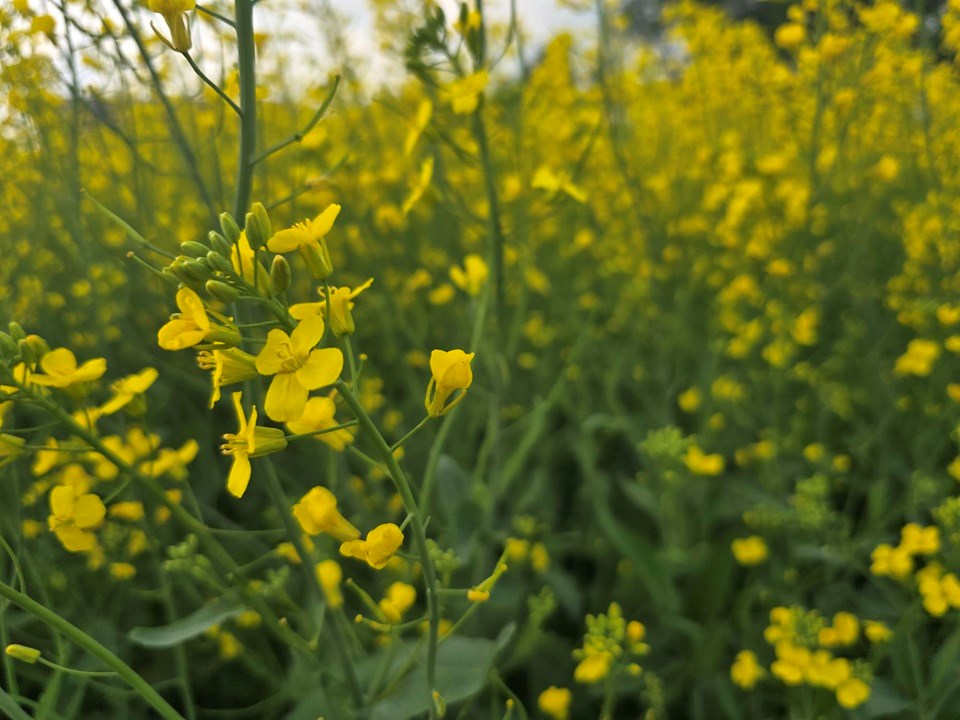Rain this past week either helped crops with development or it was too late to make a different.
The provincial crop report, released Thursday, says rain and cooler temperatures allowed some crops to develop at a normal pace "rather than rush or delay development due to stress."
"Producers are hopeful pasture grass recovers from grazing and stress from dry conditions," states the report, "In areas where heavy rain was received, livestock water sources should see some replenishment, reducing the need to haul water for livestock."
Crops Extension Specialist with the Ministry of Agriculture Matthew Struthers says most of the rain fell over the weekend.
"When you look at the rainfall map, lots of that rain fell down in the southwest and, of course, up into the northwest as well. And those areas were just so dry that some of that rain just came too late, and others it just came in the right time, and then for those very unfortunate producers, some didn't come at all." said Struthers, who is hopeful those who missed out on the rain will get some in the coming weeks and there is no heat wave in the near future.
The Eston area in the west-central region reported the most rain with 83 millimetres (mm), followed by the Bethune area, north of Regina, with 74 mm, and the Admiral area in the southwest reported 68 mm. Rainfall amounts varied overall, as some reported between 15 and 50 mm and others from 2 to 15 mm.
One positive from the rain is topsoil moisture levels for crop land, hay land, and pasture land improved. The report had crop land topsoil moisture rated as two percent surplus, 71 per cent adequate, 22 per cent short and five per cent very short; hay land topsoil moisture rated as one per cent surplus, 60 per cent adequate, 30 per cent short and nine per cent very short; and pasture topsoil moisture is rated as 59 per cent adequate, 30 per cent short and 11 per cent very short.
A negative from the rain is flooding and lodging concerns, according to Struthers.
"In some of those areas, especially down in parts of the southwest and west central regions where, like I said, a lot of rain came down in a pretty short period of time, there's definitely been some flooding, some lodging in some of those fields. The crop's just not able to take that force of that rain. And also it's Saskatchewan, so the wind has also been quite the player there, but there are areas where the low spots are filled with water. Hopefully those dry out and the crop isn't set back too much." he said.
Some farmers are also noticing diseases in their crops, noted Struthers.
"There's been some concerns about some root rots and mainly the pulses, especially in those areas that have been getting some added moisture in the last few weeks. And then, of course, with the moisture as well with cereals that are flowering, fusarium head blight is a concern and producers are actively either spraying fungicide to manage that or keeping a keen eye. In the canola, sclerotinia and blackleg and diseases such as that are popping up here and there just with the moisture we're getting and producers are staying on top of that as best they can."
Gophers and grasshoppers are another factor, causing minor to moderate damage this week. Some are saying crops are showing stress from numerous weeks of heat and overly dry conditions this season.
On the livestock side, the rain delayed haying operations but most of the first cut of hay is nearly done. Roughly 20 per cent remains standing, 21 per cent is cut and 59 per cent is baled or put up as silage. The crop report rates hay quality as nine per cent excellent, 55 per cent good, 31 per cent fair and five per cent poor.
Producers are finishing up spraying and fungicide application and are getting equipment ready for harvest. The Ministry of Agriculture reminds producers to stay safe.




